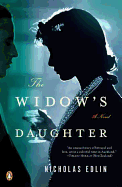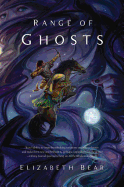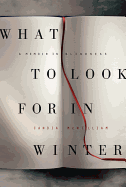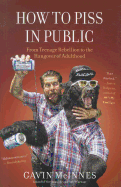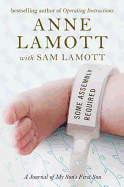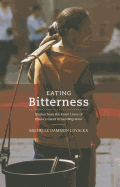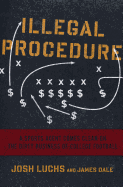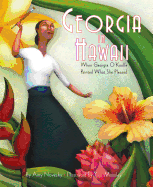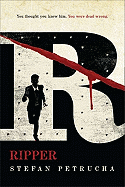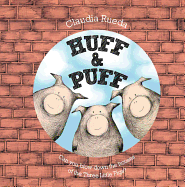 A 2010 National Endowment of the Arts Creative Writing Fellow, Aimee Phan received her MFA from the University of Iowa. Her first story collection, We Should Never Meet, received the Association for Asian American Studies Book Award in Prose, was named a Notable Book by the Kiryama Prize in fiction and was a finalist for the Asian American Literary Awards. Her writing has appeared in the New York Times, USA Today and the Oregonian. She grew up in Orange County, Calif., and now teaches in the MFA program at California College of the Arts. Phan's first novel, The Reeducation of Cherry Truong, was published by St. Martin's Press on March 13, 2012.
A 2010 National Endowment of the Arts Creative Writing Fellow, Aimee Phan received her MFA from the University of Iowa. Her first story collection, We Should Never Meet, received the Association for Asian American Studies Book Award in Prose, was named a Notable Book by the Kiryama Prize in fiction and was a finalist for the Asian American Literary Awards. Her writing has appeared in the New York Times, USA Today and the Oregonian. She grew up in Orange County, Calif., and now teaches in the MFA program at California College of the Arts. Phan's first novel, The Reeducation of Cherry Truong, was published by St. Martin's Press on March 13, 2012.
On your nightstand now:
Marjane Satrapi's Persepolis and Jeffrey Eugenides's The Marriage Plot.
Favorite book when you were a child:
Judy Blume's Starring Sally J. Freedman as Herself and Just As Long As We're Together and Beverly Cleary's Ramona series.
Your top five authors:
Jessica Hagedorn, Gish Jen, Kazuo Ishiguro, Sherman Alexie and Junot Diaz.
Book you've faked reading:
Philip Roth. (I did not fake it very well. I just vaguely nodded at these acquaintances at the dinner party. Later, I was told they assumed I hated Roth, which I don't.)
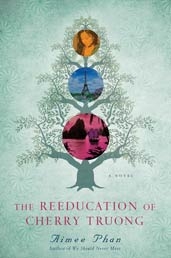 Book you're an evangelist for:
Book you're an evangelist for:
Never Let Me Go by Kazuo Ishiguro.
Book you've bought for the cover:
I found a 1952 edition of Steinbeck's East of Eden at a used bookstore that I bought for its salacious cover. It had this seductive temptress leaning against a barren tree, and I can only assume the woman was supposed to be Cathy. But it was one of my favorite books before that. So different from what the cover was trying to suggest was inside.
Book that changed your life:
Amy Tan's The Joy Luck Club. This book arrived at a pivotal point in my life in high school. She made me realize that as an Asian American woman, I could write, and that our stories were worth telling.
Favorite line from a book:
"Indeed--why should I not admit it?--in that moment, my heart was breaking." --from Ishiguro's The Remains of the Day. It's all the careful, precise writing the author did beforehand to earn that wonderful line.
Book you most want to read again for the first time:
The Hunger Games trilogy. I devoured those books in a single weekend.
Favorite book as a parent to read to my child:
Princess Prunella and the Purple Peanut by Margaret Atwood. I think it's out of print because my colleague had to go searching for a used copy to give to me at my baby shower. It is a fantastic story and so cleverly, hilariously told. My three-year-old daughter has it memorized. Who knew Atwood could thrill at every age level?!
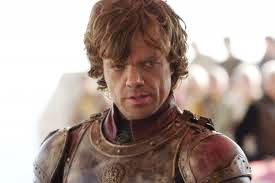 This Sunday, Games of Thrones returns to HBO for its second season, which is based on A Clash of Kings, the second volume in George R.R. Martin's A Song of Ice and Fire series. Now at five volumes with two more (and possibly others) on their way, the series continue to attract new readers: as of last fall, the book series had nearly 12 million copies in print. Many readers were drawn in by season one last year, and it's likely this new season will also create new fans. The HBO productions, under the able direction of David Benioff and D.B. Weiss, are vivid, faithful renditions of the remarkable books they're based on--and as in the case of The Hunger Games, reading the book helps viewing the show.
This Sunday, Games of Thrones returns to HBO for its second season, which is based on A Clash of Kings, the second volume in George R.R. Martin's A Song of Ice and Fire series. Now at five volumes with two more (and possibly others) on their way, the series continue to attract new readers: as of last fall, the book series had nearly 12 million copies in print. Many readers were drawn in by season one last year, and it's likely this new season will also create new fans. The HBO productions, under the able direction of David Benioff and D.B. Weiss, are vivid, faithful renditions of the remarkable books they're based on--and as in the case of The Hunger Games, reading the book helps viewing the show.



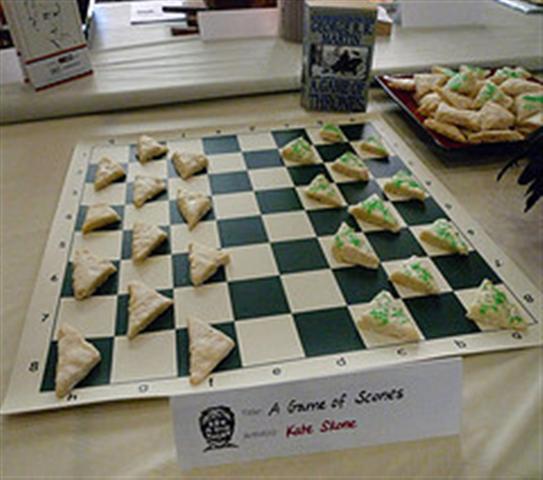 Eat a Book Today!
Eat a Book Today!
 A 2010 National Endowment of the Arts Creative Writing Fellow,
A 2010 National Endowment of the Arts Creative Writing Fellow,  Book you're an evangelist for:
Book you're an evangelist for: "Strauss-Kahn Charged in French Prostitution Probe" read a recent headline, marking a new stage in the months-long investigation into organized sex parties in Paris, Vienna and Washington, D.C. allegedly involving French politician Dominique Strauss-Kahn. Strauss-Kahn's lawyer Henri Leclerc caused a stir late last year by stating, "People are not always clothed at these parties. I challenge you to tell the difference between a nude prostitute and a classy lady in the nude."
"Strauss-Kahn Charged in French Prostitution Probe" read a recent headline, marking a new stage in the months-long investigation into organized sex parties in Paris, Vienna and Washington, D.C. allegedly involving French politician Dominique Strauss-Kahn. Strauss-Kahn's lawyer Henri Leclerc caused a stir late last year by stating, "People are not always clothed at these parties. I challenge you to tell the difference between a nude prostitute and a classy lady in the nude."